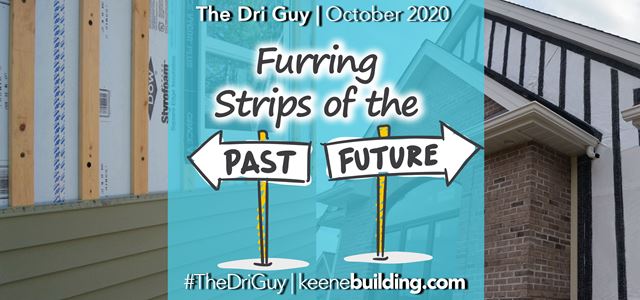
In construction, furring strips are thin strips of wood or other material to level or raise surfaces of another material to prevent dampness, to make space for insulation, or to level and resurface ceilings or walls. A furring strip is attached to a wall, ceiling or floor. Furring strips are often made from wood such as pine or plywood.
When you use a wood furring strip to create a barrier between wall and cladding you are creating a barrier that is powerless to moisture absorption. This moisture can get trapped behind siding and can cause rot, mold, and mildew. Wood furring strips also tend to not include warranty and can cause cracking, warping and splitting.
As we know, protecting our projects from having these moisture issues is critical.
So, you might be wondering “How can I prevent these problems?”